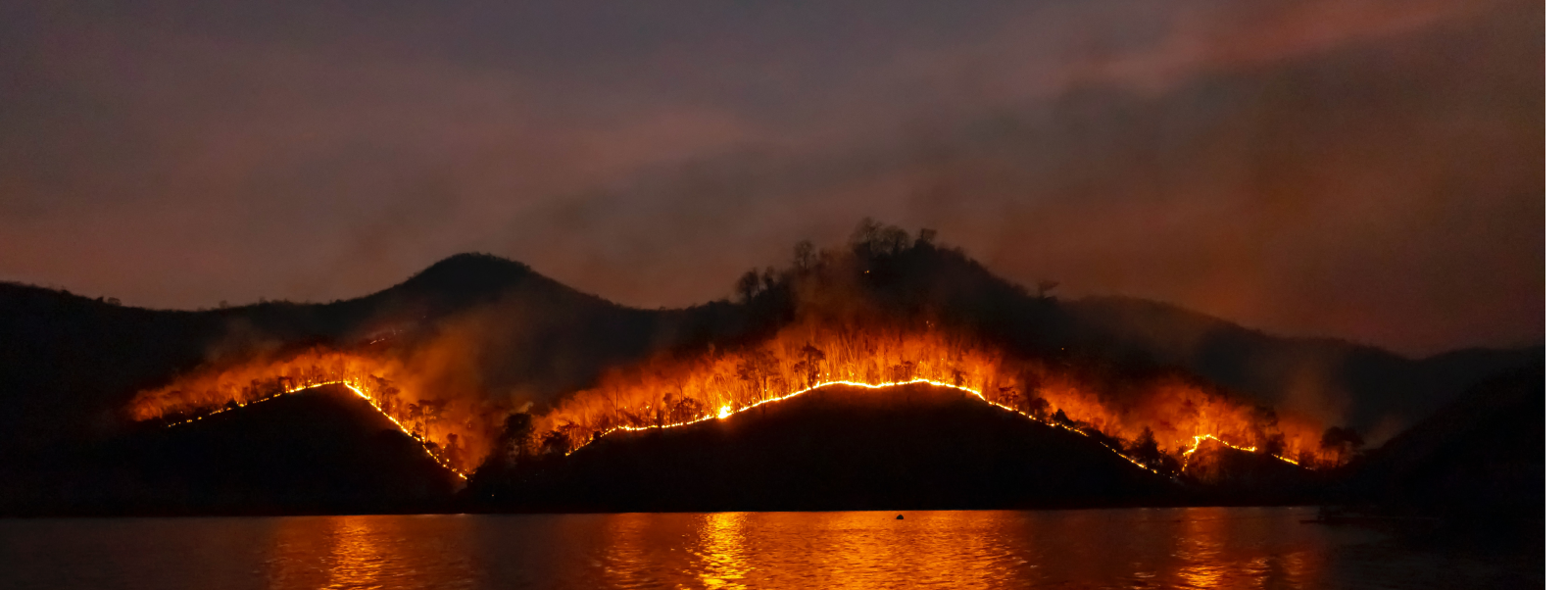Faced with growing wildfire impacts around the world, communities are looking for innovative approaches to reduce the occurrence and impacts of wildfire and increase community resilience. Because wildfire is an important and natural component of most California ecosystems, an ecologically-integrated approach is needed to balance fire risk reduction and natural-resource conservation.
California’s population growth over the past 50 years combined with market-driven economic development has resulted in an increase in the Wildland-Urban Interface (WUI) and a degradation in the adjacent natural habitats due to increased exposure to human influences.
With input from The Nature Conservancy in California, our research finds that building codes, coupled with the use of wildfire-risk reduction buffers, in the form of vegetation management or removal, can have measurable financial and wildfire risk reduction benefits for communities and minimize ecological impacts. Indeed, the implementation of well-planned buffer zones offer wildfire risk reduction benefits to a community which are commensurate with the enforcement of wildfire building standards, long recognized as vital risk mitigation instruments. The research also demonstrates the economic value of a community-level focus on catastrophe resilience and the potential for Community-Based Catastrophe Insurance (CBCI) to capture the financial benefits for residents through reduced insurance premiums.
Based on the study, Marsh McLennan recommends that local and regional governments and the insurance sector look to improve understanding of impacts of wildfire buffers and effective use of natural infrastructure as part of comprehensive risk management strategies that include modern code enforcement/structure hardening and other safety/preparedness measures. This can enable the risk transfer chain and increase access and affordability of fire insurance in areas that may currently be viewed as uninsurable.
To learn more, please download the paper.








